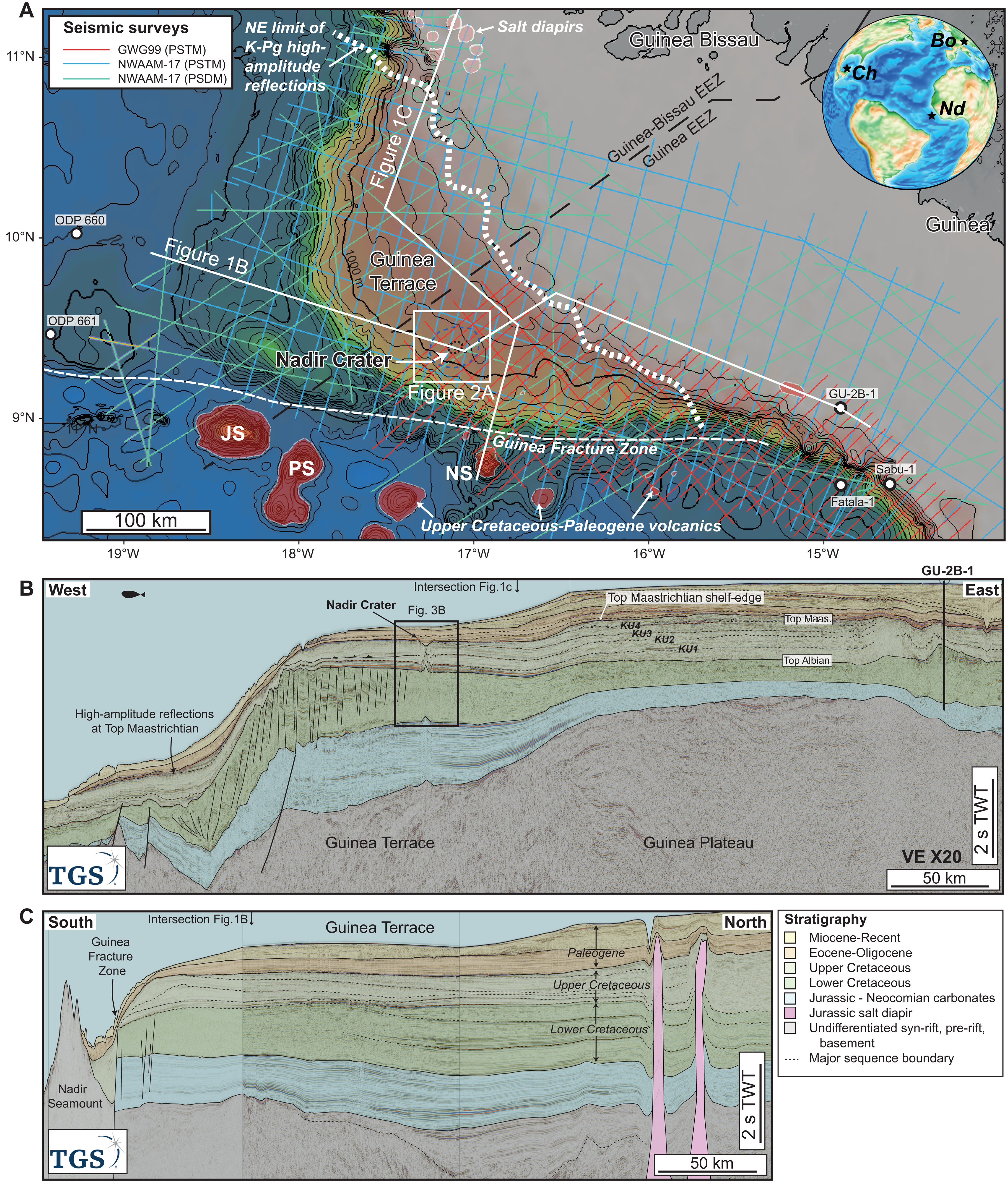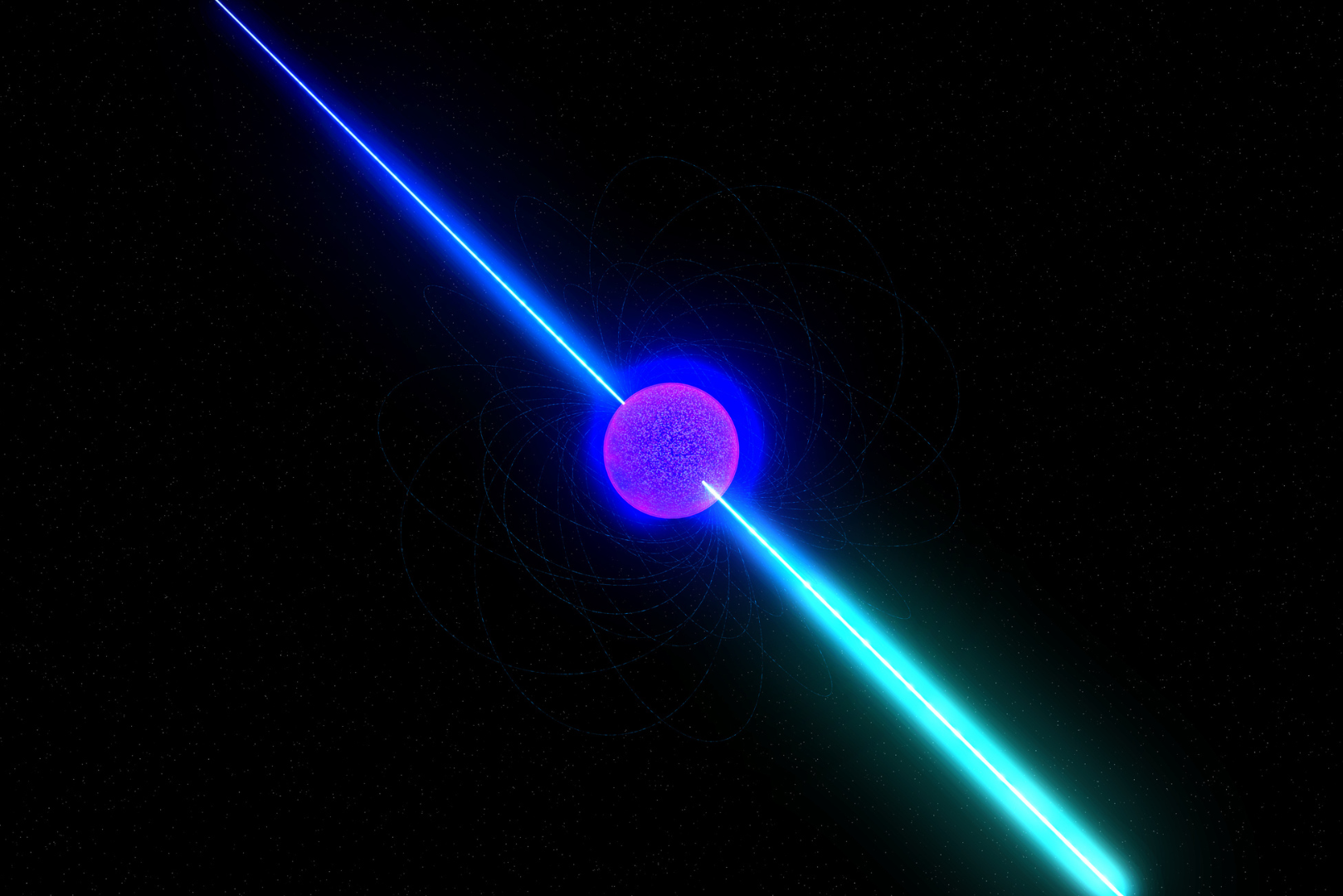Since the launch of the Hubble Space Telescope back in 1990, scientists have long been in discussions over its potential successor. In fact, they’ve started discussing it a mere six years after it had launched; at that point, Hubble has had to undergo a service mission to fix the aberrations in its internal mechanisms, compromising the images that it produced. (The Hubble has been serviced by four service missions at the time of writing; it is expected to serve humanity until 2030.) One of the potential replacements for the aging technology is the titular James Webb Space Telescope (JWST), named after James E. Webb, the NASA Administrator during the integral years of the Apollo program.
The Mission
The JWST is a 6,200-kg infrared space telescope equipped with a 6.5-m primary mirror, designed to operate for at least 10 years by orbiting around the L2 Lagrange point in the Sun-Earth system, some 1.5 million kilometers (932,000 miles) away from Earth.
A Lagrange point is a location in space among a two-body system wherein the forces of gravitational attraction between two massive bodies—like, say, a star and a planet—will be equivalent to the centripetal force required for a third object to stay at that point. The points were named after famed Italian-French mathematician and astronomer Joseph-Louis Lagrange, who calculated the solution to the famous three-body problem.
The three-body problem questions if there is a way for three bodies to orbit around each other while maintaining the same positions relative to each other. Lagrange found the five points in space between them where it is possible, hence why we have five Lagrange points today, labeled L1 to L5. (As a note, only points L4 and L5 are stable, meaning there’s roughly no outside assistance needed for objects in those points to stay in orbit; points L1 to L3 are metastable, meaning objects orbiting in those areas will tend to lose their orbits unless they apply a counteracting force to maintain them.) The orbit of the JWST around L2 was designed to make sure it stays outside of the shadow of the Moon and the Earth, meaning we will have an uninterrupted stream of data from it. (For comparison, the Hubble Space Telescope goes in and out of Earth’s shadow every 90 minutes.)
Ready to Make History
Last August 26, the JWST finally completed the last of its testing phases, meaning the telescope is finally ready for deployment. Of course, this telescope won’t launch immediately just like that; once the telescope is packed up and ready to go, it will be sent to the Northrop Grumman facility in California, where it will begin its journey to Kourou, in French Guiana. From there, the JWST will be loaded onto the Ariane 5 launch vehicle, where it can finally begin its departure from Earth and out into the L2 Lagrange point. The JWST is expected to finally launch sometime before the end of 2021. The date, should no complications arrive for the telescope, will hopefully be the final date set in stone for its launch. It was originally designed to head out as early as 2007, but has since been redesigned and accommodated for a 2015-2018 launch; it has since been delayed a few more times, first to June 2019 and then to May 2020 and March 2021, with the latest delays brought about by the COVID-19 pandemic. The JWST will position itself some 1.5 million kilometers away from Earth, meaning it will be unfeasible for astronauts to swing by for repairs, just as they did for Hubble many times before.
Once in operation, the JWST will be our primary eyes out into the universe, allowing scientists to perform experiments unlike never before, like peer into the universe mere moments after the Big Bang, or take a look into the formation of distant planetary systems and galaxies with unprecedented clarity. The giant infrared telescope will also be our best bet at seeking out signs of extraterrestrial life. Luckily for us, that day might come sooner than we think.
Bibliography
- Cesari, T. (2021, August 26). NASA’s James Webb Space Telescope Has Completed Testing. NASA. Retrieved September 14, 2021, from https://www.nasa.gov/feature/goddard/2021/nasa-s-james-webb-space-telescope-has-completed-testing
- Irving, M. (2021, August 26). James Webb Space Telescope completes its final testing phase. New Atlas. Retrieved September 14, 2021, from https://newatlas.com/space/james-webb-space-telescope-finish-final-testing/
- NASA/WMAP Science Team. (2018, March 27). What is a Lagrange Point? Solar System Exploration/NASA. Retrieved September 14, 2021, from https://solarsystem.nasa.gov/resources/754/what-is-a-lagrange-point/
- Webb/NASA. (n.d.). James Webb Space Telescope. James Webb Space Telescope/NASA. Retrieved September 14, 2021, from https://www.jwst.nasa.gov/











